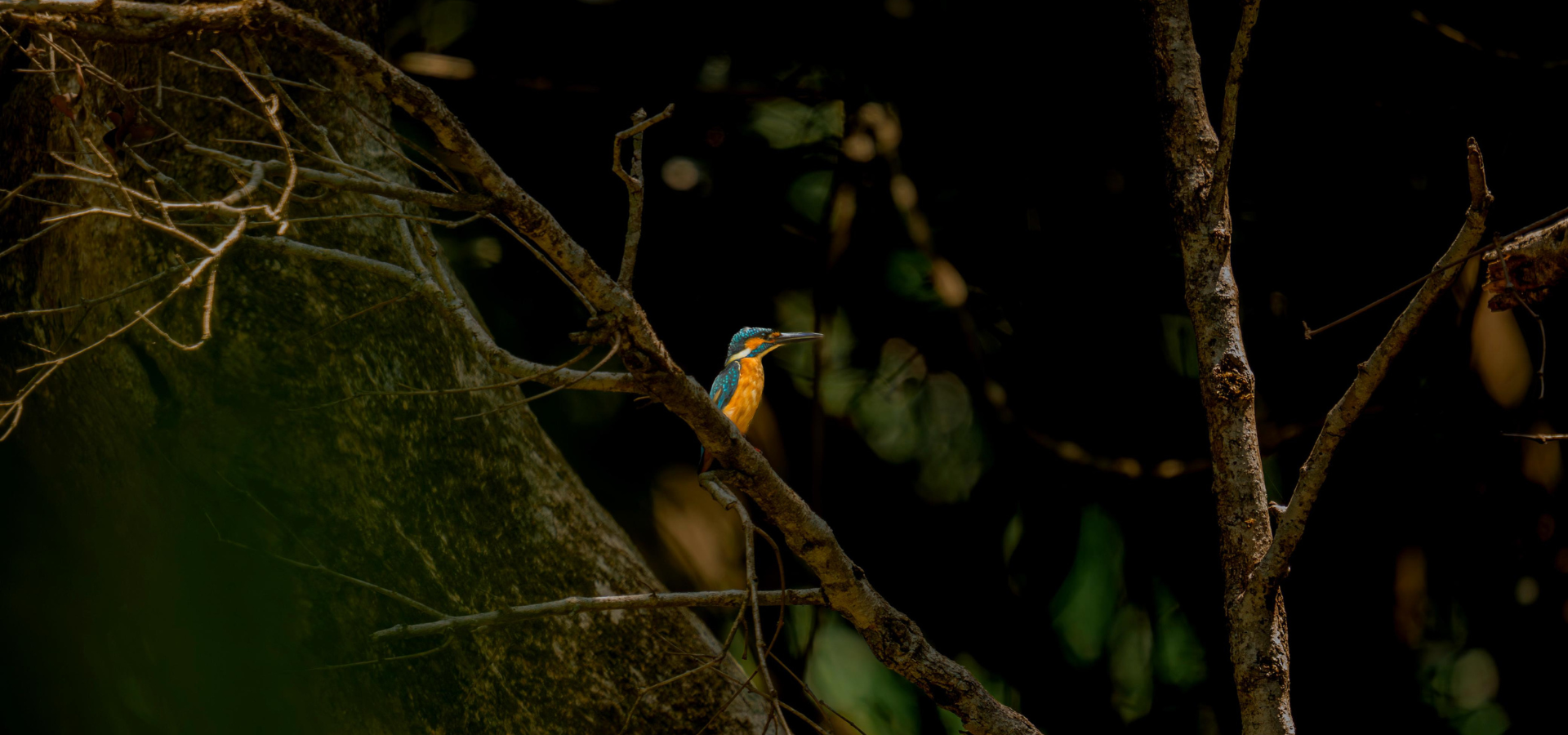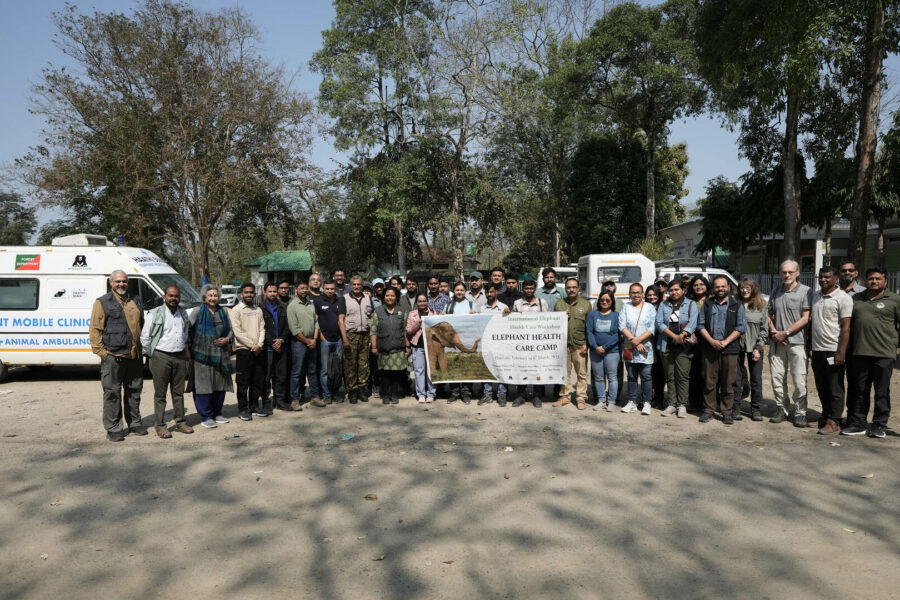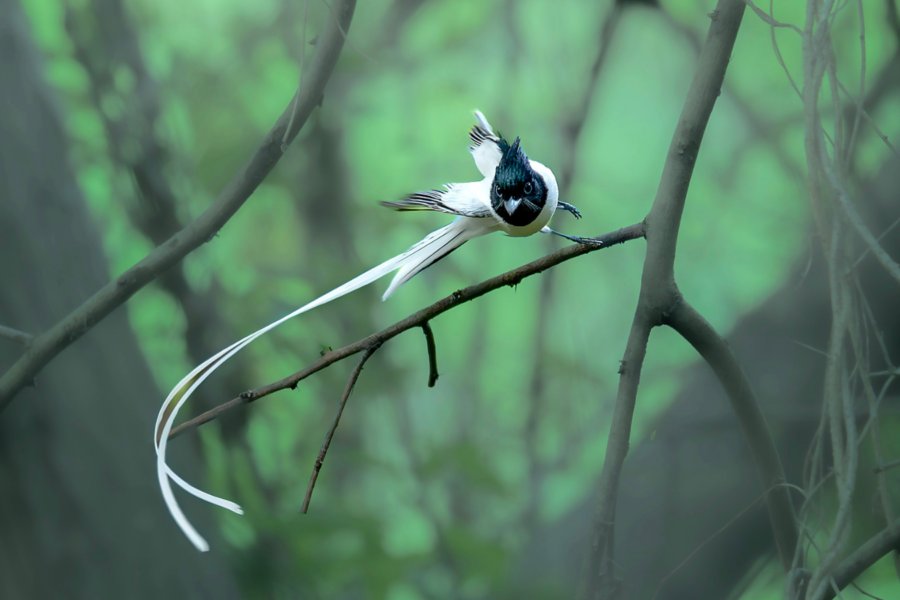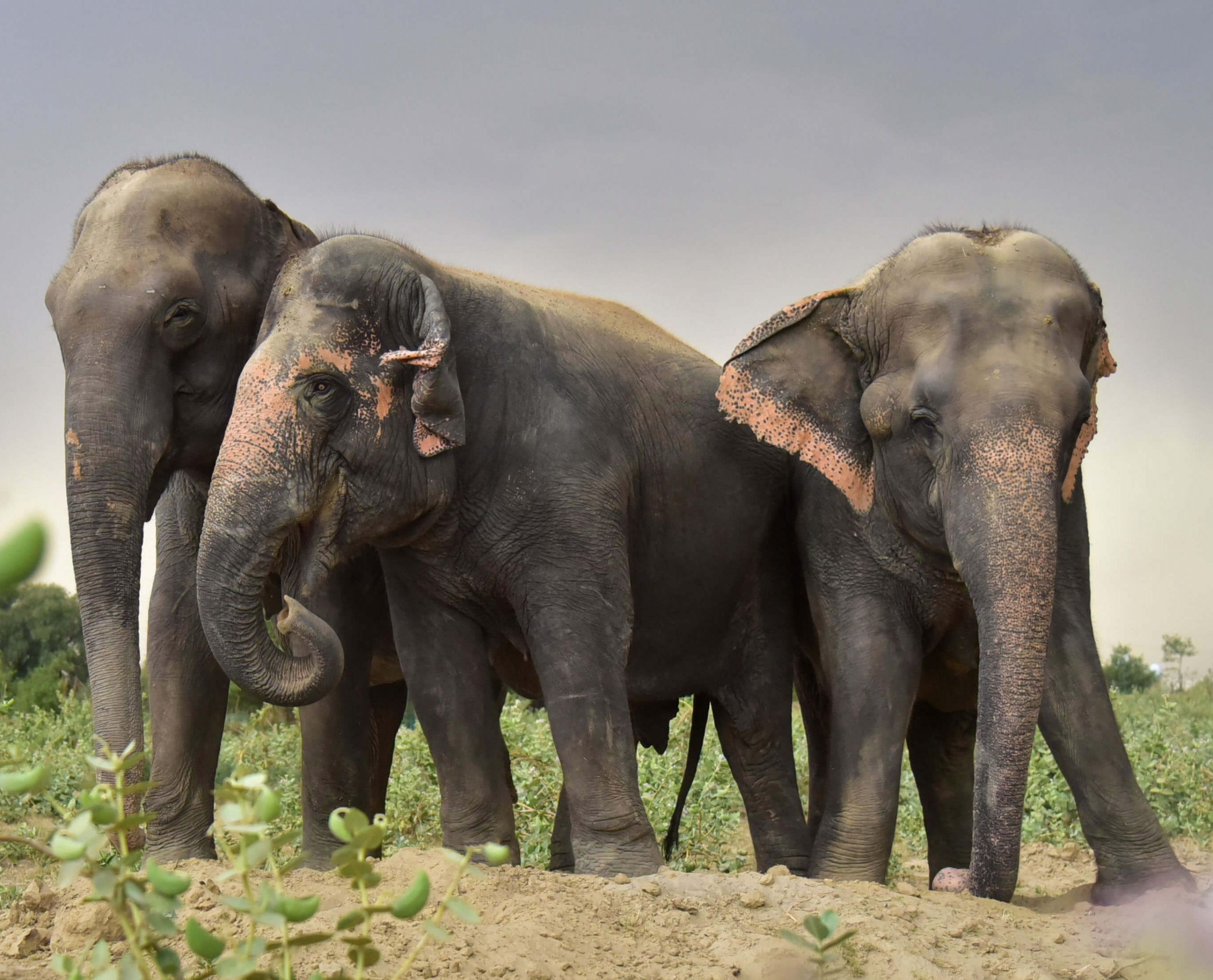Once upon a time, under a scorching summer sun, a thirsty crow flew far and wide searching for water. At last, it spotted an earthen pitcher, but the water inside was out of reach. Just as all hope seems lost, the crow noticed nearby pebbles. Plop… plop… plop… One by one, it dropped them into the pitcher, raising the water level until it could finally drink it and fly away!
We’ve all heard this story. As kids, this was among the many ancient Panchatantra tales featuring animals, and each brought with it a lesson. Fast forward to 2009, when researchers studying the rook, a member of the crow family, observed that it did exactly this when faced with a similar problem! With no prior training, the bird, in order to get to a floating worm in a container, used the same logic and foresight to make the water level rise. Animals have acquired techniques to survive, and often, watching these leave us in amazement.

Pablo Picasso had once quipped, “Good artists copy; great artists steal.” He meant that true artists can create original pieces by borrowing elements from different sources of inspiration. April 21 is World Creativity and Innovation Day, and this time, let’s explore how the wild world of flora and fauna has been inspiring humans to borrow expert ideas from their art of living!
Biomimicry and the Genius of Nature’s Design
Nature and its residents have been running their own tests of evolution to adapt and survive. And their functioning has never failed to capture the human imagination. We have been looking at the natural world not just for inspiration, —but for answers as well. Take Leonardo da Vinci. He sketched flying machines after closely studying birds in flight. The Wright brothers followed suit, observing how feathers, flaps, and wing shapes worked when they were inventing the airplane. And architect Buckminster Fuller? He built the geodesic dome after noting the structural symmetry in different forms of nature.
It was in 1982 that a term was ascribed to this imitating strategy: Biomimicry. The word, however, was popularised by biologist and author Janine Benyus in her landmark book Biomimicry: Innovation Inspired by Nature in 1997. Biomimicry brings together the Greek words bios meaning ‘life’ and mimesis meaning ‘imitation’—a fitting combo for an approach to learn from the natural world.
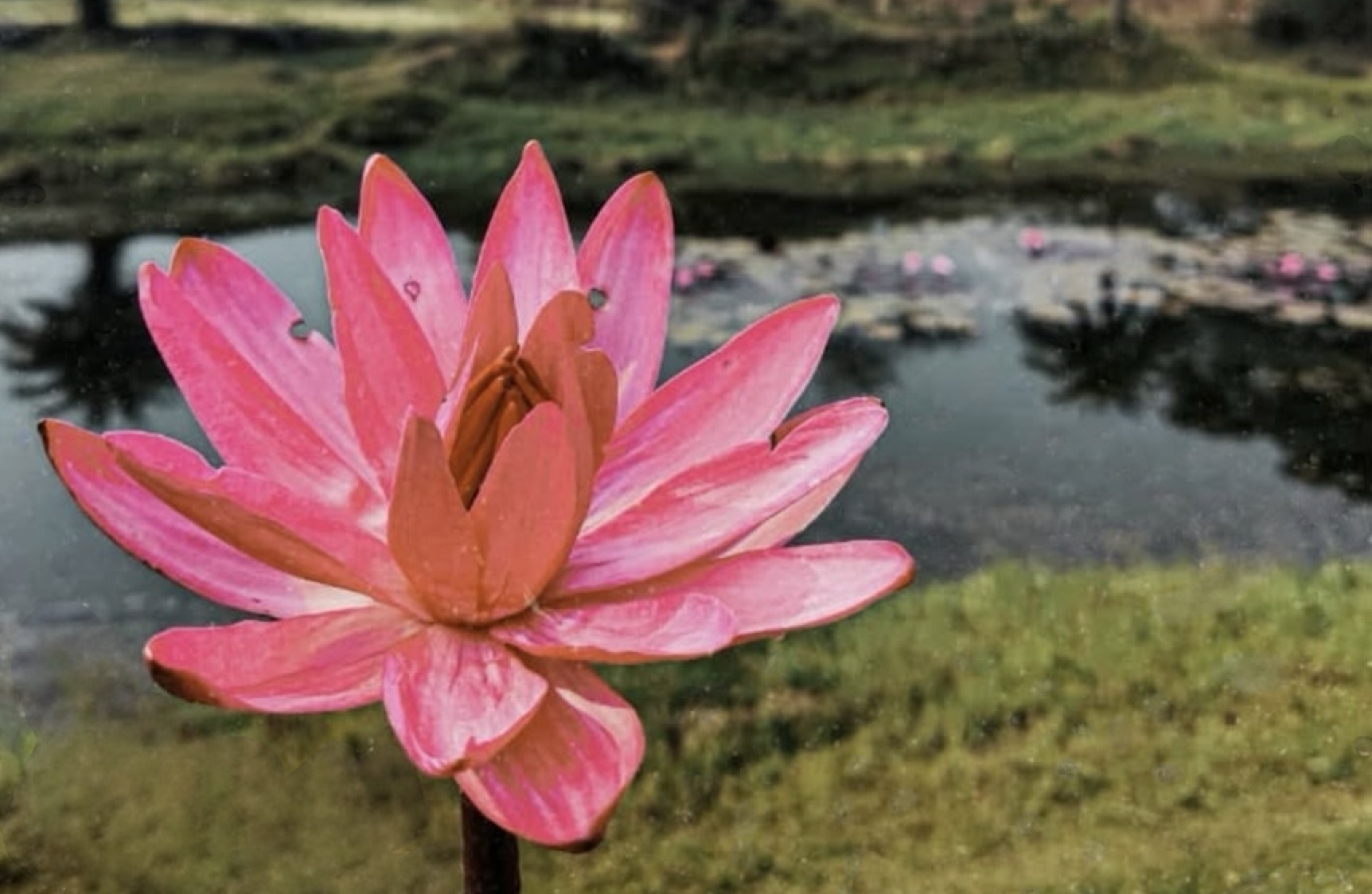
Think about it: the ultra-sleek curve of a bird’s wing inspired us to create airplanes, and the self-cleaning lotus leaf has given us the key to make paints or fabric that are waterproof. Examples like these reveal how nature is inevitably linked to technology.
Biomimicry is our way of turning to nature as a sage mentor that quietly, but confidently, reminds us that the answers to modern problems might already exist in moss, feathers, and shells. While human curiosity will eventually lead us to discover them, here are some of our everyday matters that have already been solved using biomimicry.
Termite Towers vs. Office A/C: Guess Who Wins?
In the sweltering heat of Africa, termites somehow manage to chill out — literally. Their towering mounds come with built-in ventilation systems that keep the inside temperature just right, even if it is boiling outside. This caught the attention of architect Mick Pearce who thought, “Why not borrow a page from their book?” The result: the Eastgate Centre in Harare, Zimbabwe — a commercial building that breathes and cools on its own.

Thirsty? Ask a Beetle What To Do!
The Namib Desert of Namibia isn’t exactly known for offering pleasant hospitality — it’s one of the driest places on Earth! Yet the Namib darkling beetle survives just fine, thanks to its genius shell design. Covered in nano-sized bumps and grooves, it literally pulls water out of thin air by capturing fog rolling across the desert and channeling it to its mouth. Inspired by this survival masterclass, engineers developed atmospheric water generators that do the same — it extracts water from the atmosphere to create potable water in arid regions where rainfall is written off as a myth.

A Boom, a Bird and a Bullet Train
When Japan’s Shinkansen bullet train first hit the tracks, it came with a sonic problem: every time it exited a tunnel, it triggered a thunderous boom that startled every unsuspecting soul. Here’s where a bird came into the play. The kingfisher — an expert diver that slices into water with barely a splash — led engineers to mimic the shape of its beak to redesign the train’s “nose”. The result is what we have for now — quieter tunnels, faster speeds, and lower energy use. So yes, it was a bird that eventually released the bullet!
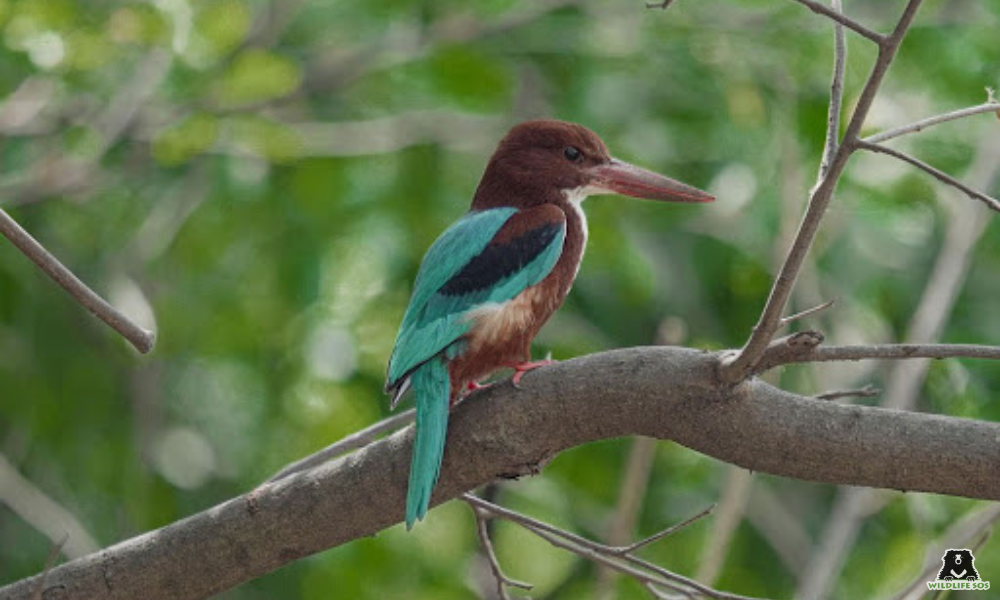
Sticky Without the Ick: The Gecko Hack
Geckos walk on walls like it’s no big deal for them — and scientists couldn’t rest until they cracked their sticky code. It turns out their feet are covered in millions of microscopic hairs that bond with surfaces at a molecular level. No suction cups, no glue — just pure biology. Inspired by this, scientists have developed next-gen adhesives that are super sticky, reusable, and — the best of all — leaves no gunk behind! They’re already being used in robotics, medical tech, and even space tools.
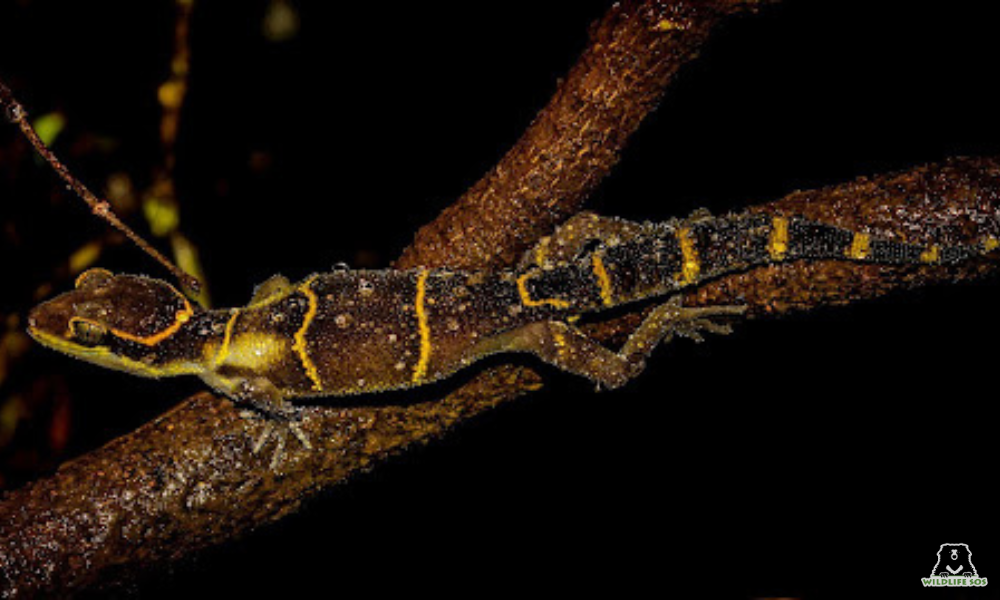
Biomimicry isn’t just for sophisticated STEM (science, technology, engineering and mathematics) innovation — it’s for everyone, and we are perhaps following it without knowing that we are! It may be that selecting a colour combination for your wardrobe or interior walls are inspired by cues from vivid nature and its naturally curated harmony.
So next time you head out, do take a moment to observe your surroundings. Notice how plants, animals, or even the wind interact with their surroundings. You may just stumble upon nature’s next secret. Could green roofs manage rainwater like a rainforest canopy? Could solar panels be arranged like happy sunflower petals for maximum efficiency? You have the world before you to give you the answers — you just have to look!
To read more such fascinating chapters about wildlife, subscribe to the Wildlife SOS newsletter!

